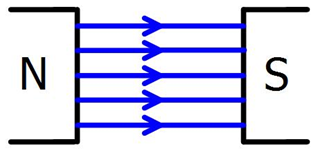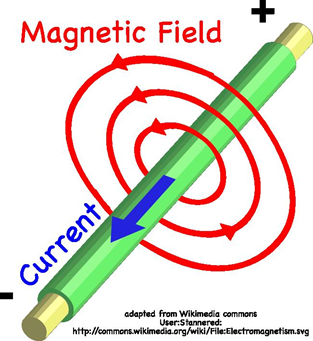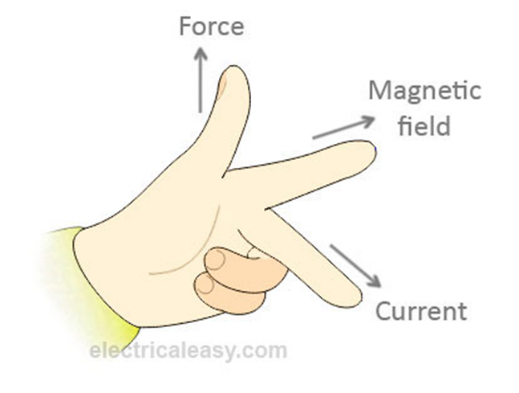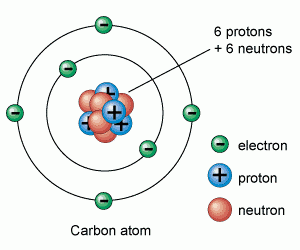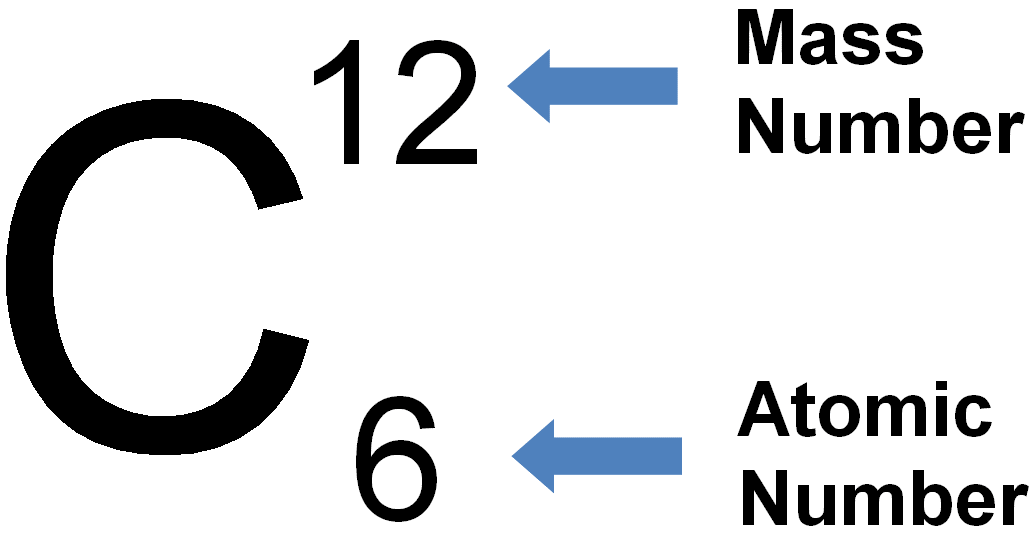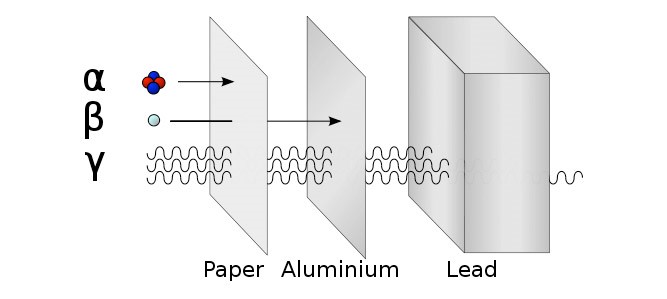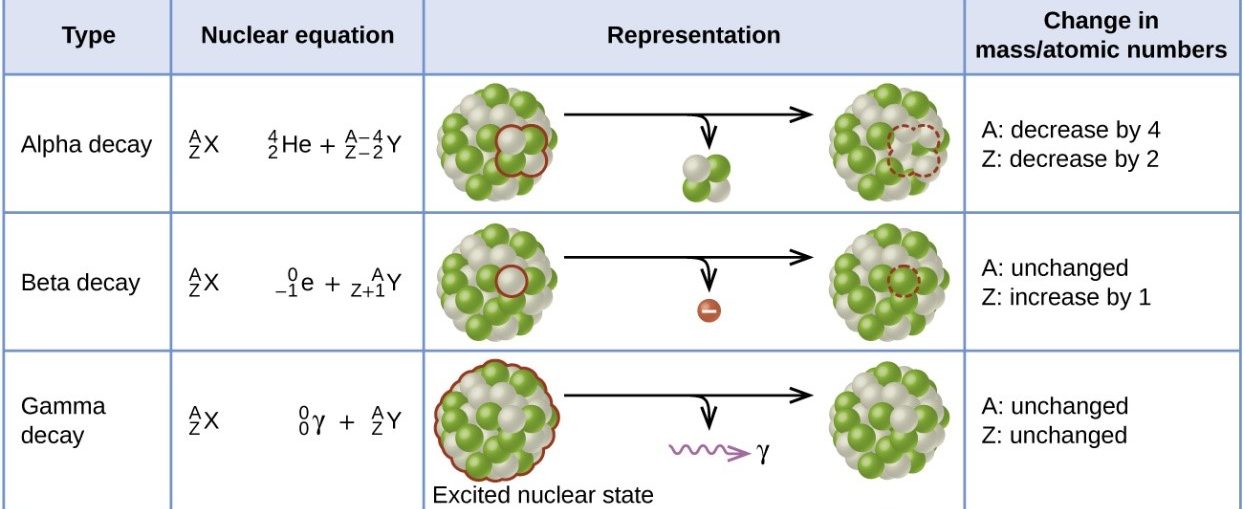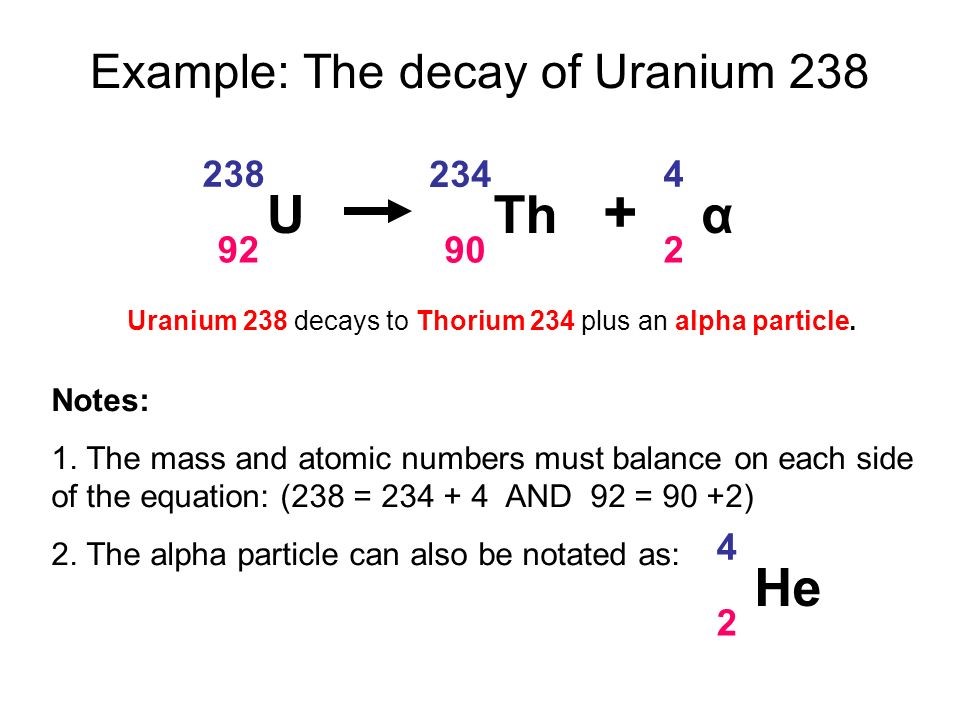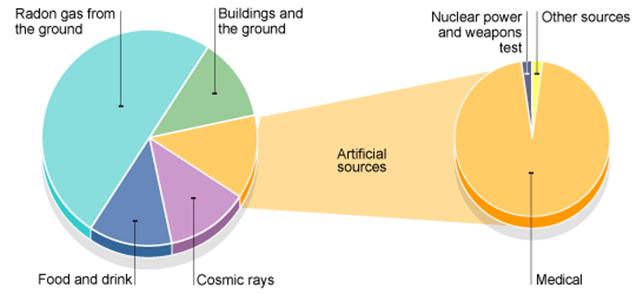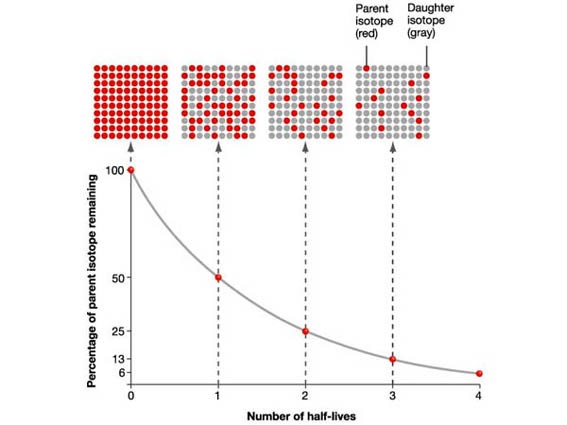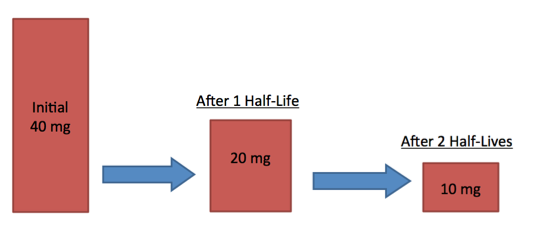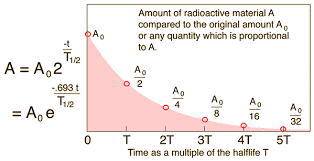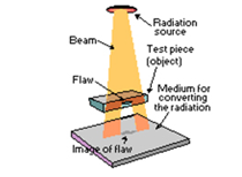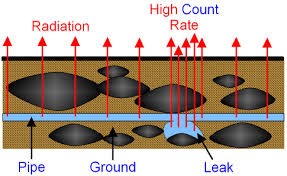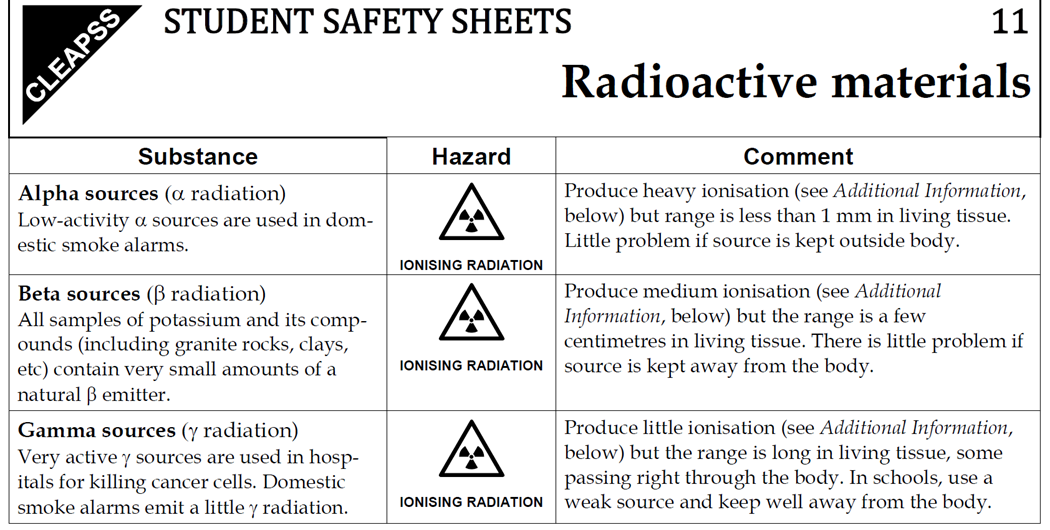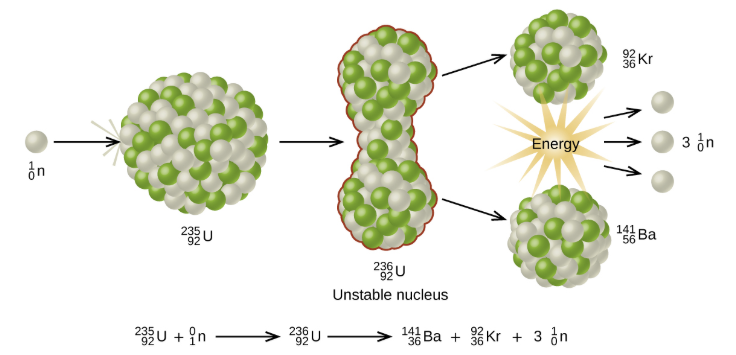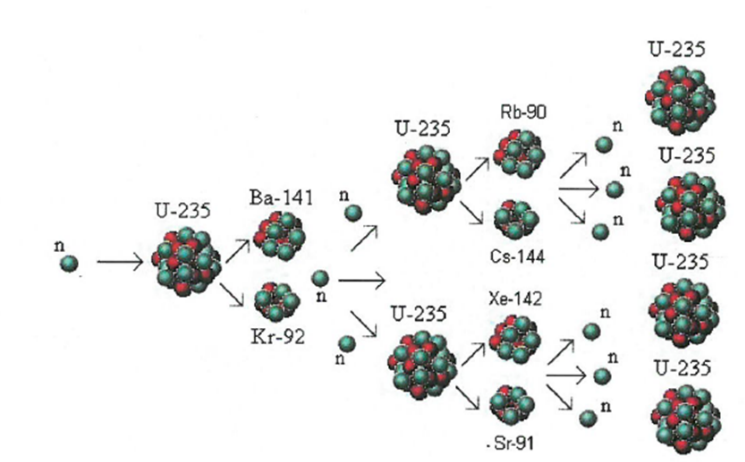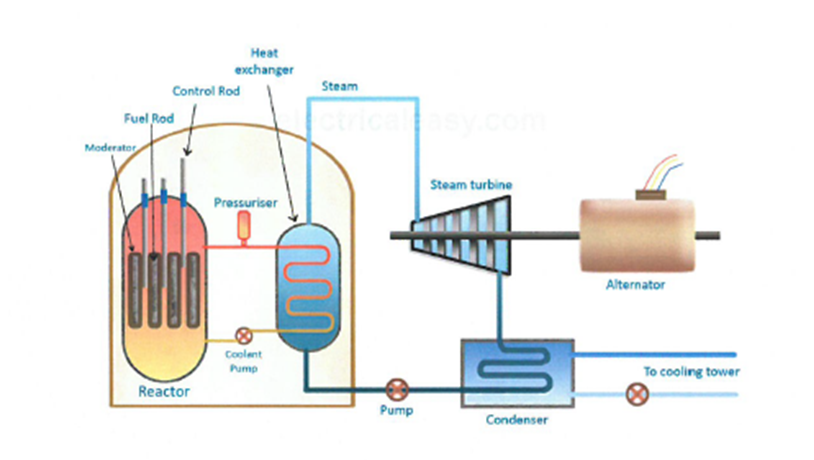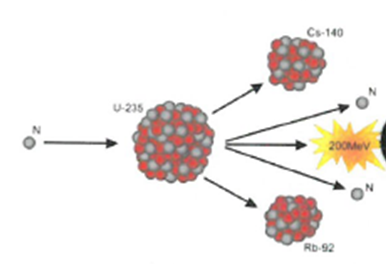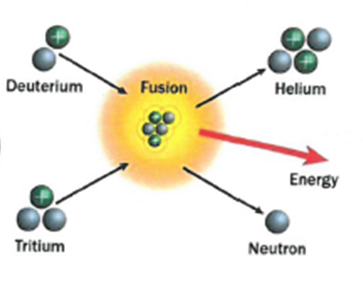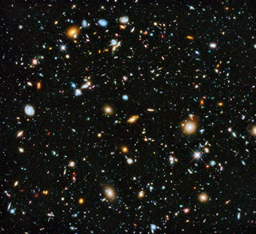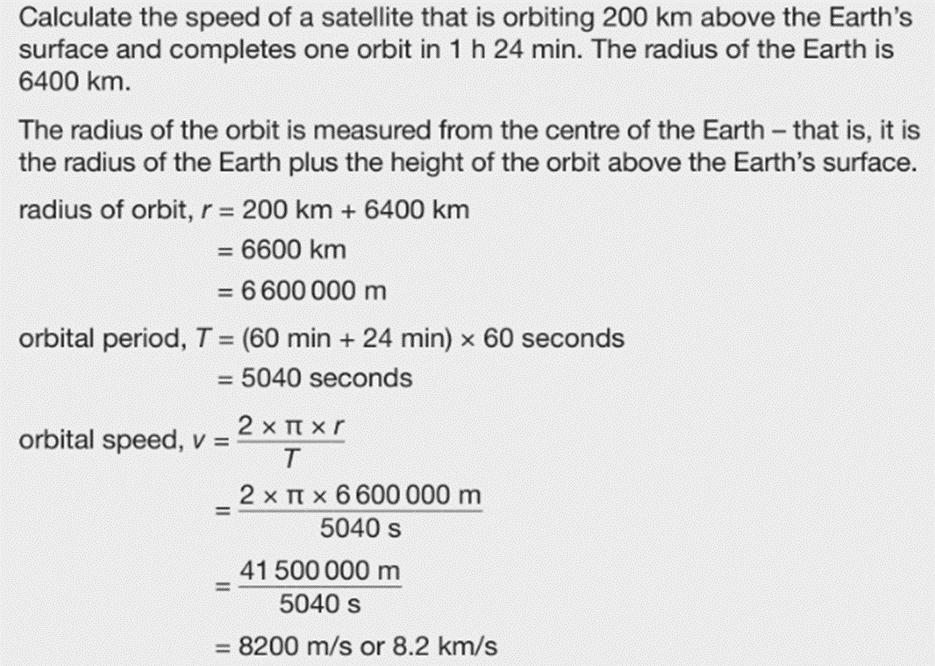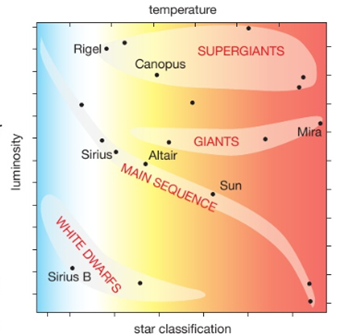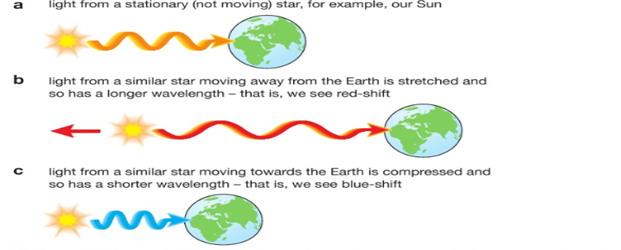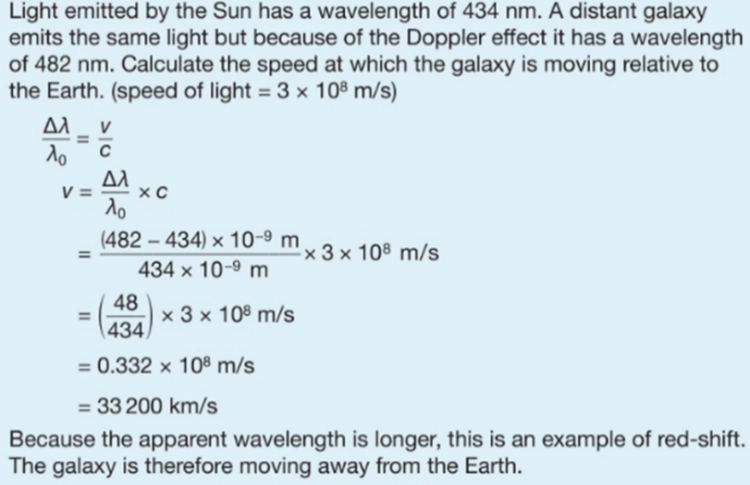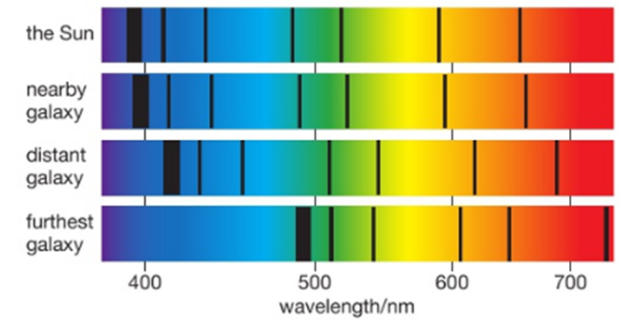|
Electricity can be generated by either moving a magnet inside a coil of wire or rotating a coil inside a permanent magnetic field.
Model answer for a generator (Rotating coil):
· Coil is rotated within a magnetic field
· As it turns the coil cuts the magnetic field lines.
· This induces a voltage (or current) in the coil.
· This can then be connected to an existing circuit.
· In a generator, energy is being converted from kinetic (mechanical) energy into electrical energy.
· The size of the induced voltage (or current) can be increased by:
· Using a stronger magnet
· Having more turns in the coil
· Spinning/moving the coil faster.
Model answer for a generator (Rotating magnet)
· Magnet is rotated within a coil
· As it turns the coil cuts the constantly changing magnetic field lines from the magnet.
· This induces a voltage (or current) in the coil.
· This can then be connected to an existing circuit.
· In a generator, energy is being converted from kinetic (mechanical) energy into electrical energy.
· The size of the induced voltage (or current) can be increased by:
· Using a stronger magnet
· Having more turns in the coil
· Spinning/moving the magnet faster.
|
